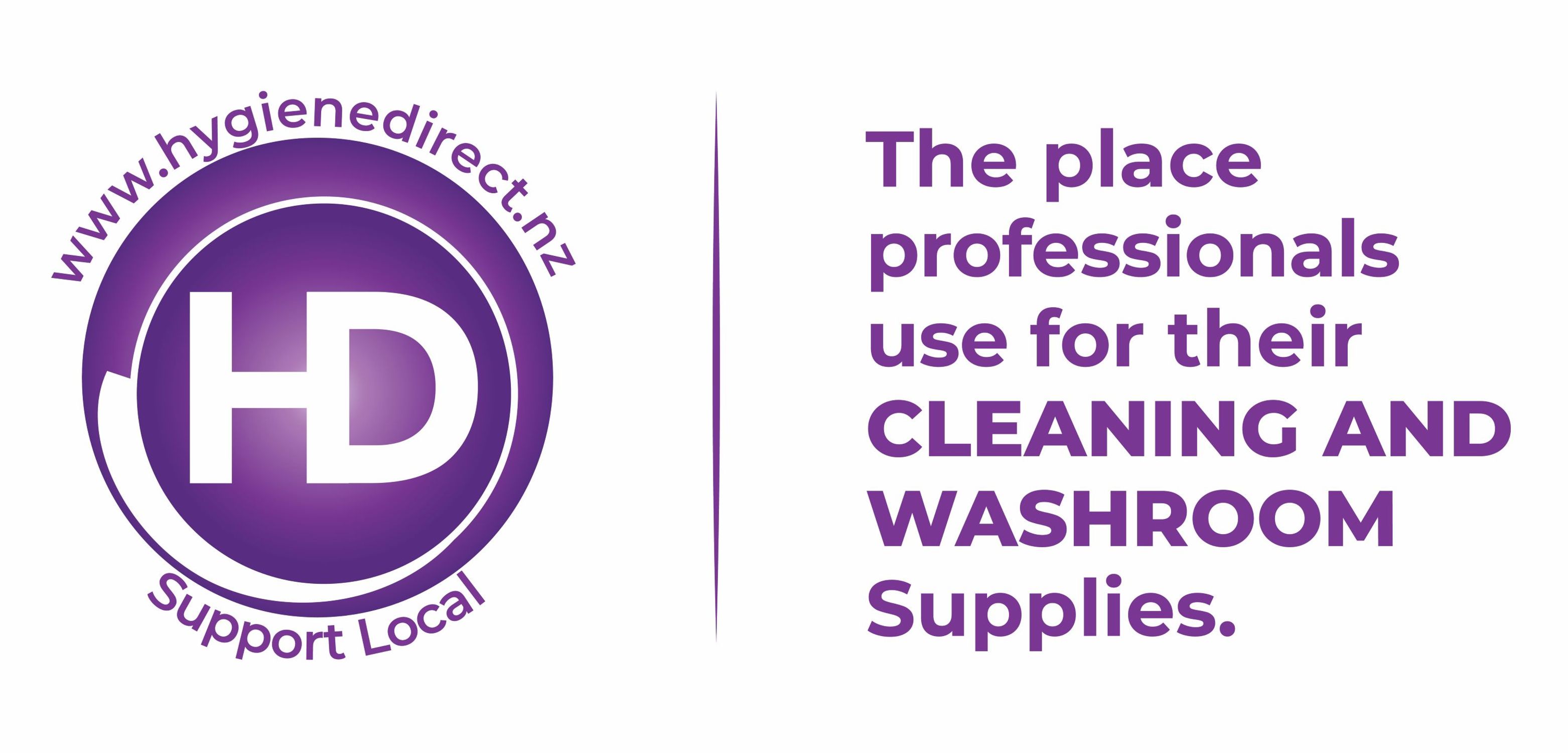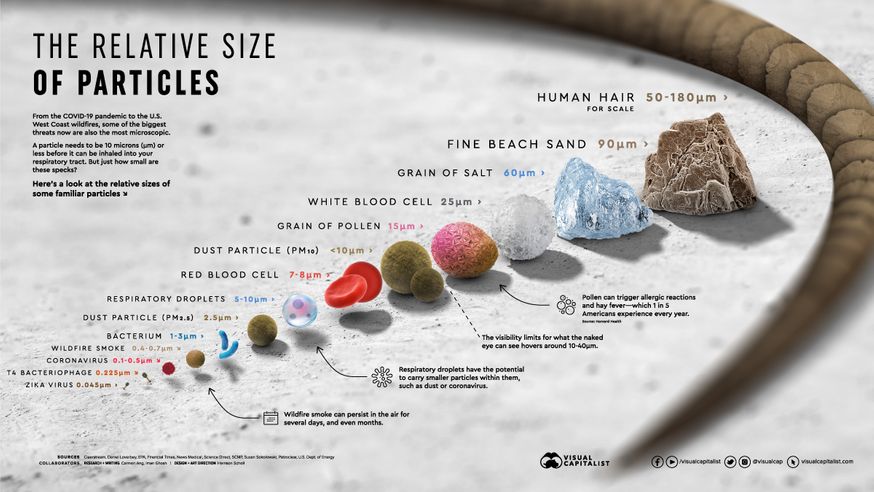Shop Now
- All Paper & Chemicals No Plastic Package
- Bags
- Bamboo Paper - Environmentaly Positive
-
Chemicals
- Bathroom & Toilet Cleaner
- Brewery Cleaning Chemicals
- Carpet Care
- Degreaser
- Disinfectant Spray
- Floor Care
- Glass Cleaner
- Graffiti Remover
- Hard Surface Cleaner
- Kitchen Chemicals
- Laundry
- Lubricants
- Multipurpose
- Odour Control
- Pest control
- Sanitiser
- Soap Refillable Liquid
- Specialty Chemicals
- Vehicle Care
- Window & Glass Cleaner
- Dispensers
-
Equipment
- Baby Change
- Bottles and Triggers
- Brushware - Hygiene
- Brushware - Indoor
- Buckets
- Carpet Care
- Chemical Dispensers
- Cleaning Cloths
- Floor Scrubbing Machines
- Floor Squeegees
- Kitchen Equipment
- Lotion Pumps
- Microfibre
- Mops - Microfibre
- Mops - Traditional
- Odour Control
- Rubbish Bins
- Sanitary Bins
- Scrubbing Sponges and Hand Pads
- Signs and Accessories
- Trollies
- Vacuum Accessories
- Facial Tissues
- Food Packaging
- Hand Care
- Hand Towels
- Machinery
- Matting
- Medical
- Protective
-
Tools For The Job
- Bottles and Triggers
- Brushware - Hygiene
- Brushware - Indoor
- Brushware - Outdoor
- Buckets
- Floor Care
- Floor Squeegees
- Handles - Brushes, Mops, Squeegees
- Hard Floor Pads
- Microfibre
- Mops - Dust Control
- Mops - Microfibre
- Mops - Traditional
- Packaging
- Scrubbers
- Scrubbing Sponges and Hand Pads
- Spray Mops
- Squeegees
- Tea Towels
- Vacuum Accessories
- Window Cleaning Equipment
- Veterinary & Pet Care
- Washroom Services
- Water Filtration
-
Window Cleaning Equipment + Supplies
- Glass Cleaner
- Microfibre Towel
- Specialty Chemicals
- Traditional Tools
-
Waterfed
- Brushes + Parts
- DI Accessories
- DI Bundles
- DI Resin + Filters
- Fittings and Connectors
- Hose and Accessories
- HyGenie DI Systems + Parts
- HyGenie Poles
- Maxxis Round
- Ova8 Oval Series
- Pole Accessories + Goosenecks
- Pure Water DI Systems + Parts
- Tucker® USA
- Unger Poles + DI Systems
- Vehicle Grooming
- Waterfed Pole Packages
- Waterfed Tools
- Wipes
What is all the fuss about fogging?
What is Fogging?
Image courtesy of Visual Capitalist
Generally, Fogging should be viewed as an additional protection measure, following successful cleaning and disinfection practises. As the flowchart illustrates, the technique should be regarded as the top-level measure for disinfection and should not be considered as a replacement for cleaning & disinfection practices.
As mentioned, vertical surfaces are likely to receive minimal contact with the disinfectant fog due to the weight of the wet solution, which will cause downward fall.
The Benefits and Shortfalls of Fogging
- Fogging is seen as being safe and effective if carried out correctly.
- Effective at reducing air-borne contaminants.
- Effective at disinfecting hard to reach areas.
- Highly effective at disinfecting horizontal surfaces.
- Hygiene Direct has a range of surface sanitisers, which are suitable for Fogging, have proven effectiveness on surfaces obtaining test results of 5 log (99.999%) reductions after 5 minutes.
Despite its many benefits, fogging does have certain limitations:
- Fogging is only partially effective on vertical walls due to the presence of gravity, meaning the disinfectant will drip/fall.
- Fogging is not effective at disinfecting the undersides of horizontal surfaces.
- It has no impact on closed areas – electrical boxes etc.
- Electrical components can be damaged by the fog if not bagged up or removed from the area.
- Fogging is not a replacement for standard cleaning practises.
Fogging with Hygiene Direct's Products
Hygiene Direct has the following approved sanitisers that are suitable for Fogging, these include:
Who Should Use Fogging?
It is also effective in open areas such as schools, universities, aged care facilities, shopping complexes, restaurants, hospital wards, factories, public transport and much more – as long as any electrical equipment is adequately covered or removed.
Until recently, Fogging has not generally been seen as suitable or necessary for the public sector. However, due to the Coronavirus outbreak this looks like it may begin to change. Fogging of public sector areas and public transport may give extra piece of mind to everyone; as well as preventing the virus from contaminating surfaces.
Foggers Available from Hygiene Direct
Hygiene Direct also stock fogging machines
Hygiene Direct - PROTECT Service Experience

